Induction cooktops have emerged as a game-changing kitchen appliance in culinary innovation. How we cook has been completely transformed by these stylish and practical appliances, which also have several advantages over conventional gas and electric stovetops. If you’re curious about the magic behind induction cooking and how it can transform your culinary experience, this blog will cover everything you need to know about induction cooktops.
How Induction Cooktops Work
To fully understand induction cooktops, you must first comprehend the fundamental principles of electromagnetic induction. Compared to traditional stovetops, which use direct heat to cook food, induction cooktops utilize electromagnetic fields produced by copper coils beneath a ceramic glass surface. On a compatible cooktop (usually made of cast iron or stainless steel), these magnetic fields induce currents inside the cookware.
By immediately producing heat inside the cookware, these induced currents effectively transform the pot or pan into the heat source. The rest of the cooktop remains cool to the touch, making induction cooking incredibly safe, energy-efficient, and precise.
Rapid and Precise Heating
Induction cooktops are renowned for their lightning-fast heating-up times, which is one of their best qualities. Unlike gas or electric stovetops, which rely on heating components or open flames, induction cooktops may quickly reach their maximum temperature. This quick response enables exact temperature control, making it suitable for operations that call for fine heat adjustments, such as simmering delicate sauces or perfectly searing meats.
Energy Efficiency
Cooktops with induction technology are known for using less energy. The cookware itself produces most of the heat, therefore there is little heat loss to the environment. As a result, you spend less energy and can prepare meals more quickly, ultimately saving you time and money. Additionally, the cookware cools down very soon after being removed from the burner, significantly saving energy.
Safety Features
When it comes to induction cooktops, safety comes first. There is a much smaller chance of unintentional burns because the cooking surface itself doesn’t get hot. A lot of induction cooktops also have safety features like pan-detecting sensors and automated shut-off timers. If the cookware is removed from the surface or is not induction-compatible, the cooktop will automatically turn off to prevent accidents.
Easy to Clean
Induction cooktops make cleanup easy after cooking. The smooth glass surface is easy to wipe down, and spills are less likely to bake on the cooktop since it remains cool. Induction cooktops offer a flat surface that makes cleaning up spills and splatters easier and faster than stovetops with burner grates for gas appliances or heating coils for electric appliances.
Cookware Compatibility
Induction cooktops provide a lot of benefits, but they also need special cookware. Not many pots and pans may be used for induction cooking; they must have a magnetic bottom and are frequently constructed of cast iron, stainless steel, or specific kinds of aluminum. Placing a magnet on the bottom of your current cookware will allow you to determine whether it is induction-compatible; if it sticks, the cookware is induction-compatible.
If you need to buy new cookware, there is a large selection of induction-compatible cookware options on the market. These cookware sets are made to make the most of induction cooking’s advantages and guarantee uniform heat distribution.
Cooking Flexibility
A variety of cooking options are available with induction cooktops. They provide accurate temperature control, which makes it simpler to experiment with various cooking techniques. An induction cooktop delivers consistent results whether you’re simmering, frying, boiling, or searing. Additionally, several models include numerous cooking zones that let you utilize cookware of various sizes at once, further increasing your culinary flexibility.
Downsides to Consider
Although induction cooktops have many benefits, there are also some drawbacks to take into account. Induction stovetops can be more expensive initially, and if your current pots and pans are not compatible with them, you might need to buy new cookware. A further disadvantage of an induction cooktop is that it cannot be used during a power outage, in contrast to gas stoves, which can frequently be used in such situations.
Conclusion
New levels of efficiency, accuracy, and safety have been introduced to the cooking industry by induction cooktops. They are a desirable option for both home cooks and chefs in restaurants due to their quick heating, energy efficiency, and simplicity of cleanup. For individuals who respect both the art and science of cooking, they are a good investment even though they do require specialized equipment and have a greater initial cost.
Induction cooktops are probably going to become much more functional and available as technology develops, which will improve food preparation for future generations. Therefore, if you’re thinking about remodeling your kitchen, think about switching to induction cooking and experiencing the pleasures of quicker, more accurate, and more energy-efficient culinary adventures.




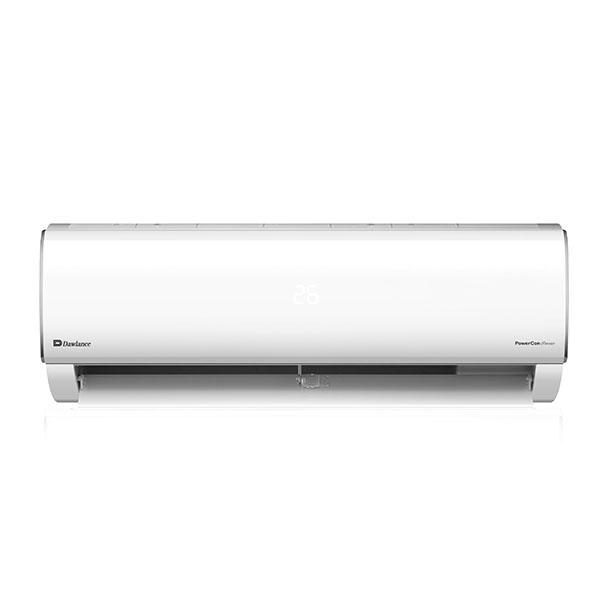

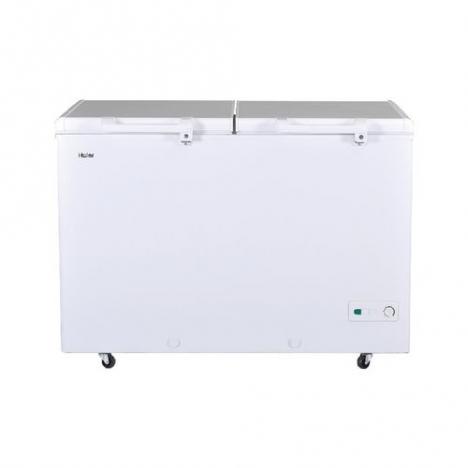

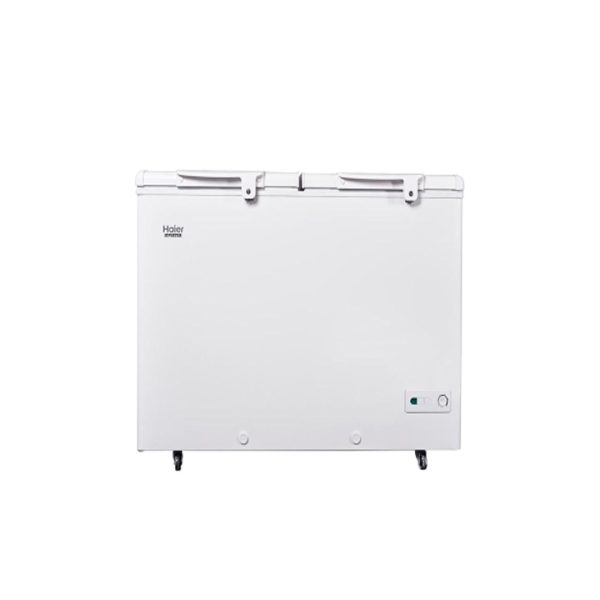




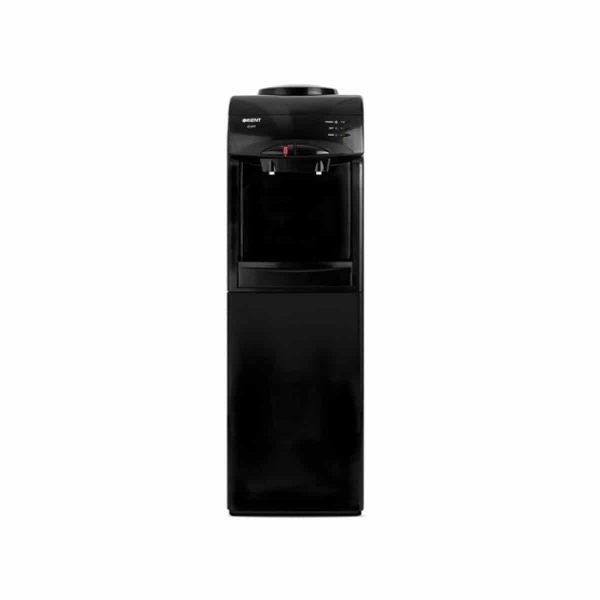
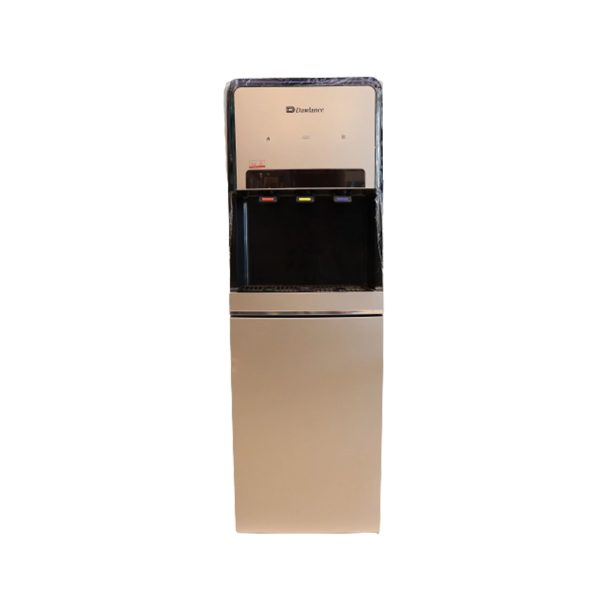

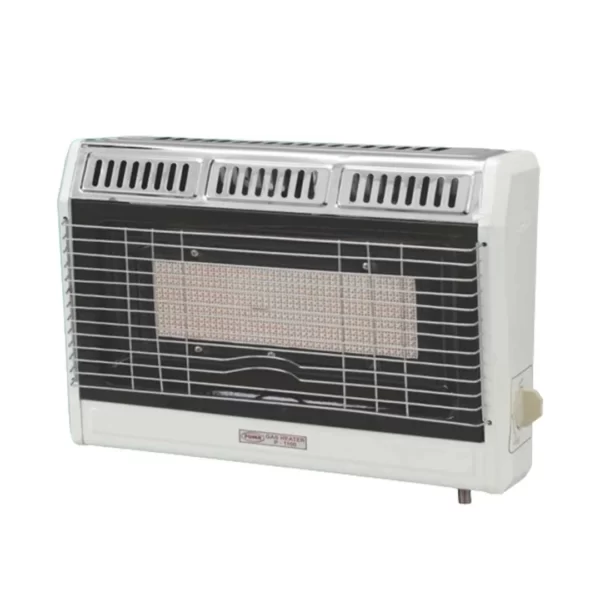




 Dryers
Dryers Ironing / Garment Care
Ironing / Garment Care